Web frameworks have become an important part of the development of both front-end and back-end web applications. It aids in the creation of vital web platforms and contributes to technological complexity. Finding an appropriate backend framework that offers maximum scalability and speed is difficult with so many options available. As a result, we’ve compiled a list of prominent backend frameworks for web application development. Continue reading to find out more!
What is Backend Framework?
A backend framework is a collection of tools and modules that aid in the development of a website’s architecture. It has a huge impact on the performance of a web app and can determine the success of your project. Backend frameworks mainly help make tasks convenient and easy for developers.
These frameworks are largely for scripting languages such as Ruby, JavaScript, and Node.js, as well as compiled languages such as Java, C#, and others. The finest backend framework makes it easier for developers to get started by eliminating the requirement to construct and configure everything from scratch.
What is the Need to Have a Web Application Framework?
If you're looking for a way to organize your thoughts, you'll need a framework.
- To develop and run web applications.
- They include web services, online resources, and web APIs, all of which aid in the building of web applications.
- They don’t expect you to code independently and check for potential faults and errors.
- If the majority of your application’s actions are CRUD.
- If you need to isolate the user interface from the business logic but don’t have much time.
- If you want user authentication in your app, sessions are the way to go.
- If you need to construct a CMS quickly and you know the framework to utilize.
What are the Different Types of Web Frameworks?
-
Client-Side
A client-side framework, often known as a front-end framework, aids in the development and implementation of a new user interface. It has nothing to do with business logic, therefore it just considers work done in the browser.
Many animated qualities can be created using SPAs (Single-Page Applications) and front-end development frameworks. Because of their purposes and applications, no two client-side frameworks are alike.
-
Server-Side
The architecture of a server-side or back-end framework allows for the building of simple sites, landing pages, and various forms. It not only delivers output data, but it also improves security during web attacks.
The framework focuses on precise and necessary aspects, without which your project will not function properly. The backend web development process is made easier by these crucial aspects.
What are the Best Backend Frameworks to Use in 2022?
The best backend web app frameworks provide high performance, fast development, and flexibility for your web development projects. Let’s take a closer look at each one!
1. Django
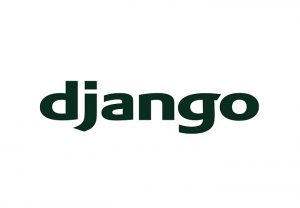
Django is a high-level framework that is built with ‘batteries included’ in mind. As a result, practically everything a developer would need is already present. As a result, Django eliminates the need to install and maintain third-party plug-ins because everything in the framework works together. It’s perfect for creating large-scale, database-driven, interactive web applications.
Because it is very configurable and scalable, Django is the greatest back-end framework for Python. It facilitates the greatest web application development framework and has a large community and documentation.
Mozilla, Disqus, Pinterest, and National Geographic are just a handful of the well-known websites built with Django Python.
2. Ruby on Rails
Ruby on Rails is written in the Ruby programming language and is a server-side web application framework. When compared to Django, it has a similar philosophy and design.It does, However, it encourages the usage of patterns like DRY (don’t repeat yourself) and MVC (model view controller). Ruby on Rails is used to create flawless database tables, scaffold views, and do migrations. To create dynamic applications, it mixes Ruby, JavaScript, CSS, and HTML.
RoR includes a number of major libraries that provide developers with all of the tools they need to create a high-quality database access library, product AJAX library, and common tasks library. Other backend frameworks, on the other hand, should be used if you are planning to construct something modest. Django will help you complete your small project.
3. Express
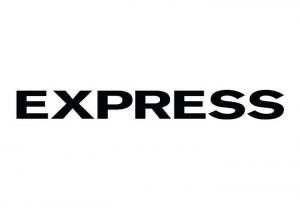
Express.js is a Node.js web app framework that is versatile and lightweight. It comes with a collection of features for online and mobile apps. This MEAN stack backend framework is used by developers to create web apps and APIs.
According to the Stackoverflow Developer Survey, 23.82 percent of respondents evaluated Express as one of the most popular web frameworks in 2021.
4. Gin Gonic
Gin Gonic is a famous Golang framework for building high-performance APIs by incorporating key libraries and functionality. It’s a lightweight framework that’s ideal for building high-performance REST APIs.
Gin has a Martini-like API, however it’s up to 40 times faster than Martini. The framework enables higher productivity and performance.
5. Laravel

Laravel is an open-source PHP framework that uses the MVC architecture to let developers create Symfony-based web projects. It is considered one of the best web frameworks for backend development by experts. Along with app management and deployment features, Laravel provides a variety of ways to use relational databases.
6. ASP.NET Core
ASP.NET Core is a free and open-source web framework developed by Microsoft and the community that is the next generation of ASP.NET. It is a modular framework that runs on the full.NET Framework, Windows, and cross-platform.
ASP.NET Core is an open-source, cross-platform, high-performance framework for developing modern, cloud-enabled, Internet-connected apps. You can do the following with ASP.NET Core:
- Create web applications and services, Internet of Things (IoT) applications, and mobile backends.
- On Windows, macOS, and Linux, you can use your favourite development tools.
- Deploy your application to the cloud or on-premises.
- .NET Core is used.
Conclusion
There are numerous powerful backend web development frameworks available, each having its imperative traits and features. Selecting the best tool relies on your project specifications and the expertise of a web developer in your team. It’s also crucial to make sure that the tool you choose is regularly updated to ensure that it can defend against new and common assaults.
PECS has been a leading digital agency in India for over 22 years, providing high-quality web development services. We’ve always kept up with the latest digital trends in order to assist our clients in maximizing their company potential.
Related Posts
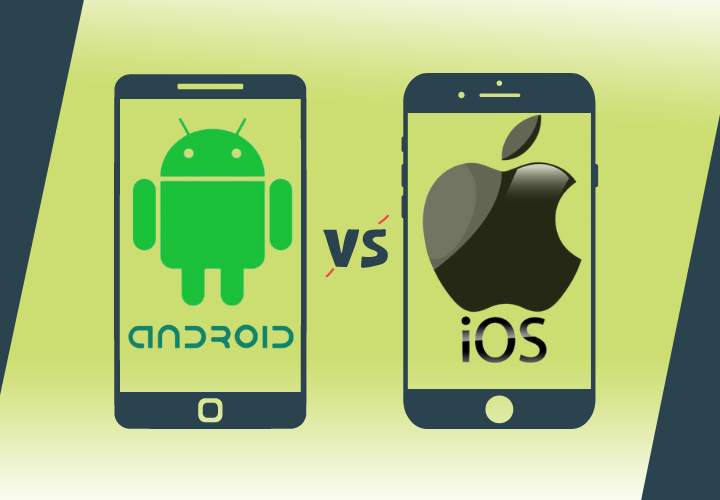
Benefits of Android and iOS Application Development
Exploring the Benefits of Android and iOS Application Development In today's digital era, mobile applications have revolutionized how businesses engage…
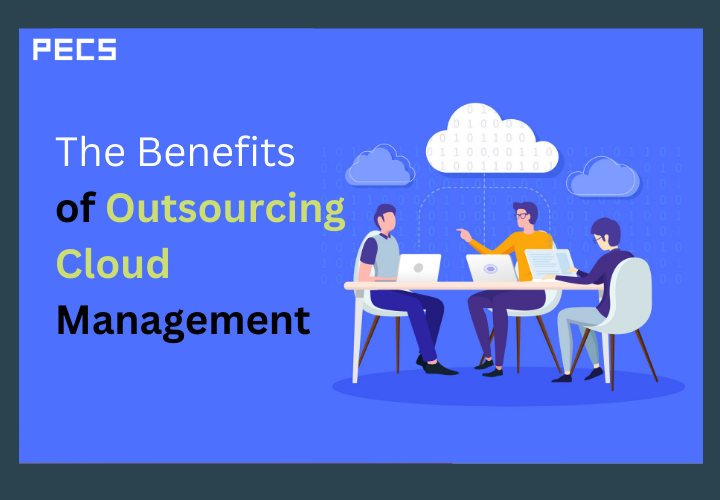
The Benefits of Outsourcing Cloud Management
Are you trying to find a trustworthy and effective cloud computing service? To fulfil your organisation's needs, many companies provide…
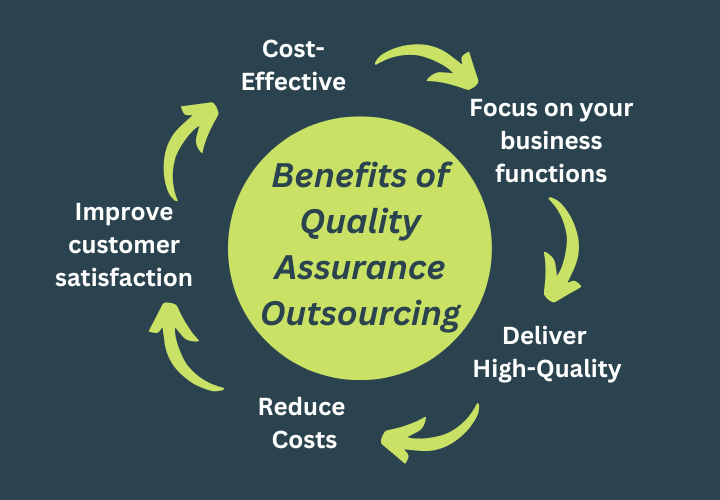
What are the importance and benefits of quality assurance outsourcing?
Quality assurance outsourcing is now a popular option for all businesses that want to ensure the highest quality of their…
